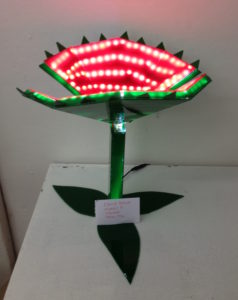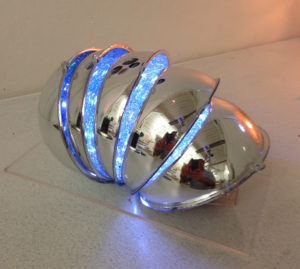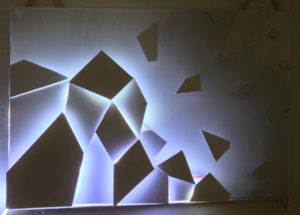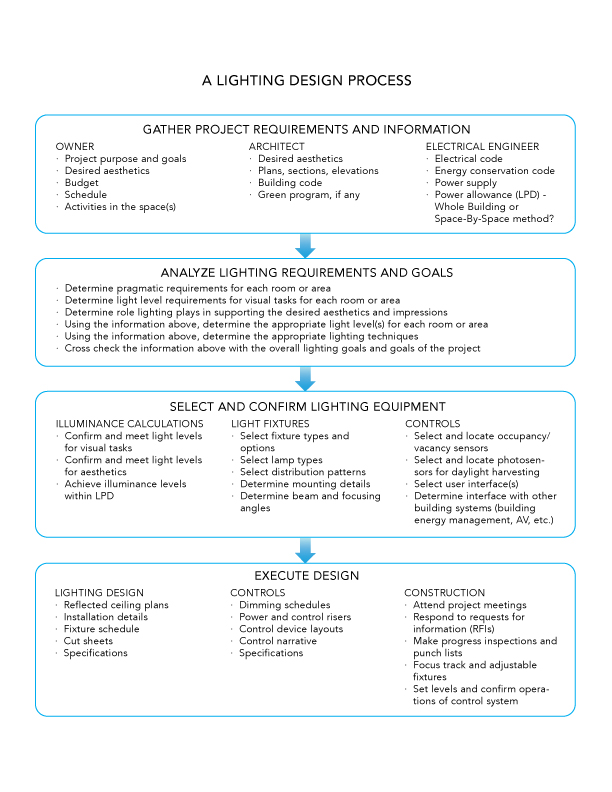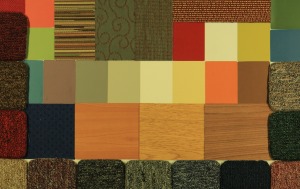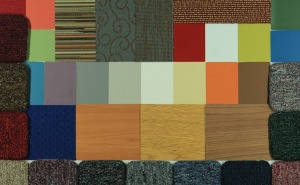Researchers at MIT and Purdue University have demonstrated an incandescent lamp with an efficacy of 6.6 percent, and with a potential efficacy as high as 40 percent. The paper was published in the April issue of Nature Nanotechnology. The demonstration compares favorably to current low efficacy fluorescent and LED lamps, while the upper limit is double the current maximum efficacy for fluorescents and LEDs.
The lamp uses a flat filament, rather than the coil of typical incandescent lamps, that is held between two plates of glass with a coating similar to a dichroic reflector, which the researchers call a photonic crystal. The plates permit visible light to pass through them, but reflect the infrared light back to the filament further heating it and producing more light. This idea has been with us for a while now, with most major lamp manufacturers producing some version of an IR halogen lamp. The main difference is that the new dichroic-like coating is much more efficient than the coatings currently in use and works at a much wider range of wavelengths and angles.
This is great news for those of us who haven’t bought into the idea that LEDs will make everyone happy, make all of our children above average, and help the country win the war. Between the low LPDs of the current versions of Standard 90.1 and other energy conservation codes, and the high efficacy of LEDs, most of us are compelled to use LEDs as the primary light source in many of our projects whether we want to or not. LEDs are great, but they’re not the best design choice for every application. As my students and readers of my book know, I regard energy efficiency as an important consideration in any lighting design, but not the primary goal. My first goal is to understand and deliver the desired look and feel of the space I’m lighting while providing appropriate light levels. My second goal is to explore the possible techniques and technologies that I can use to achieve my first goal. My third goal is to use the most energy efficient option from among the best options.
As a designer whose primary concern is the quality of the living/working/shopping environment I’m helping to create, I want to have as many tools at my disposal as possible, not just LEDs. At this point, it seems that lamp and fixture manufacturers are fully embracing the LED with very little attention paid to other light sources, with the possible exception of the OLED. If this experimental lamp becomes commercialized, we’d be able to use inexpensive, tried-and-true dimming technologies that deliver the performance we want without any of the problems associated with fluorescents and LEDs (flickering, flashing, dimming curves that are too flat or too steep, inability to dim smoothly to 0%, high cost, etc.).
This lamp wouldn’t be a solution for all lighting situations of course, in the same way that the LED isn’t a solution for all situations, but it would allow us to have true incandescent light in any application that called for it without running afoul of energy conservation codes.

